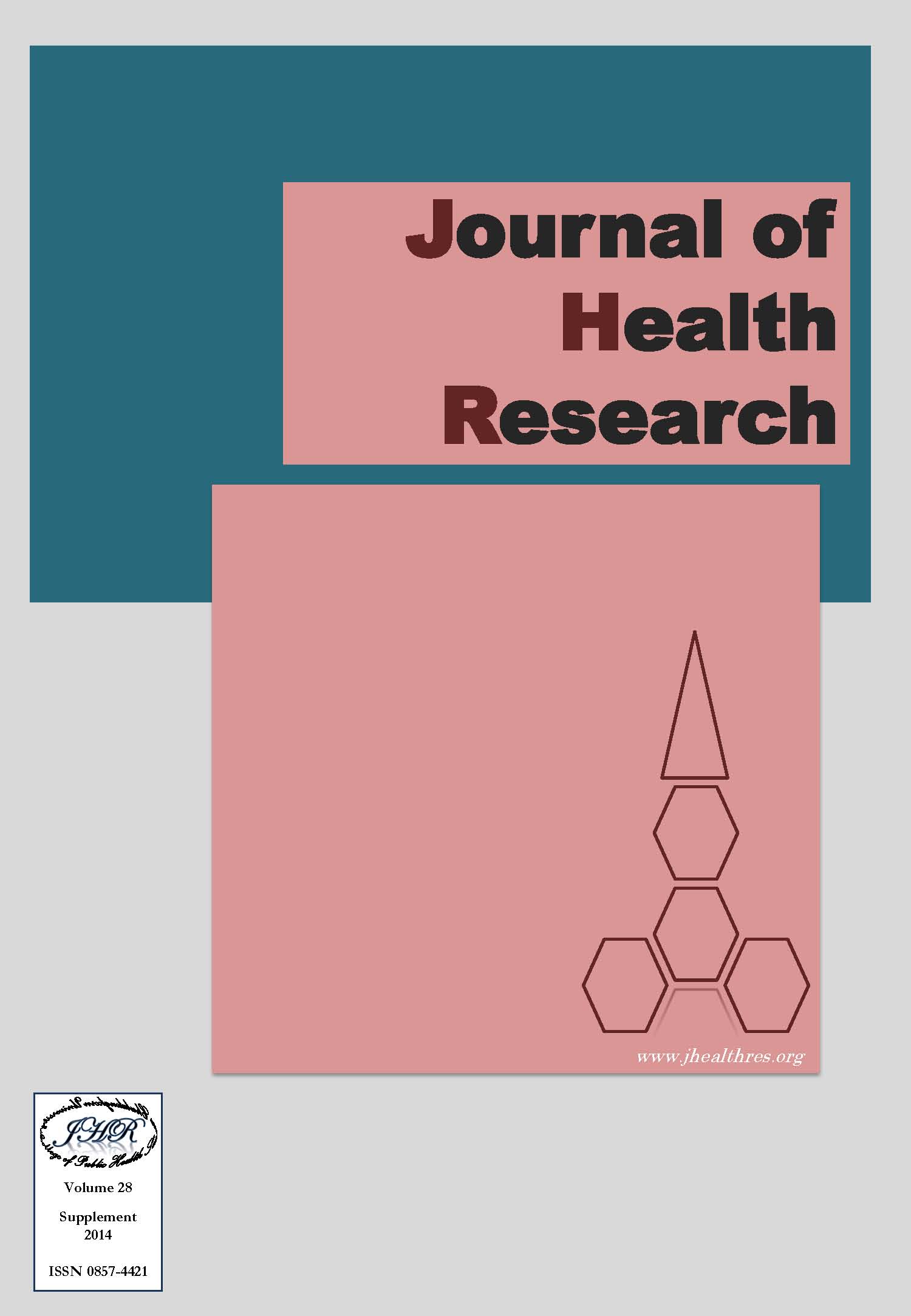Substance Use and HIV Knowledge among People Living with HIV/AIDS (PLHIV) in Ratana Metta Organization Yangon, Myanmar
Keywords:
HIV/AIDS, risk behavior, substance use, Ratana Metta OrganizationAbstract
This cross-sectional study aims to identify the substance use risk behaviors and knowledge regarding HIV/AIDS of people living with HIV/AIDS in Ratana Metta Organization (RMO) in Yangon, Myanmar. The data was collected from 369 participants using interview questionnaire method. About 9.0% of respondents (1 female and 28 male) have used substance in their lifetime. Among the respondents who reported to have used substance in their lifetimes, more than 40.0% of respondents are found to have injected heroin, 14.3% of respondents used opium and others used methamphetamine, cannabis and methadone. Over 10% of those respondents used substance over six months ago and one respondent (0.3%) is found to have used injecting drug (heroin) within one month from the study. About 3% of respondents (1 female and 10 male) had intercourse experience while on drug in their lifetime and 4 of them did not use condom during intercourse. Regarding the HIV/AIDS knowledge of the respondents, over 80% of respondents obtained high knowledge score (154 female, 148 male and 2 gay men). There is higher number of male respondents than female and gay respondents in having risk behaviors. All in all, this study found out that 0.3% of total respondents have substance use behavior and 82.5% of respondents are found to have high level of knowledge regarding HIV/AIDS.







